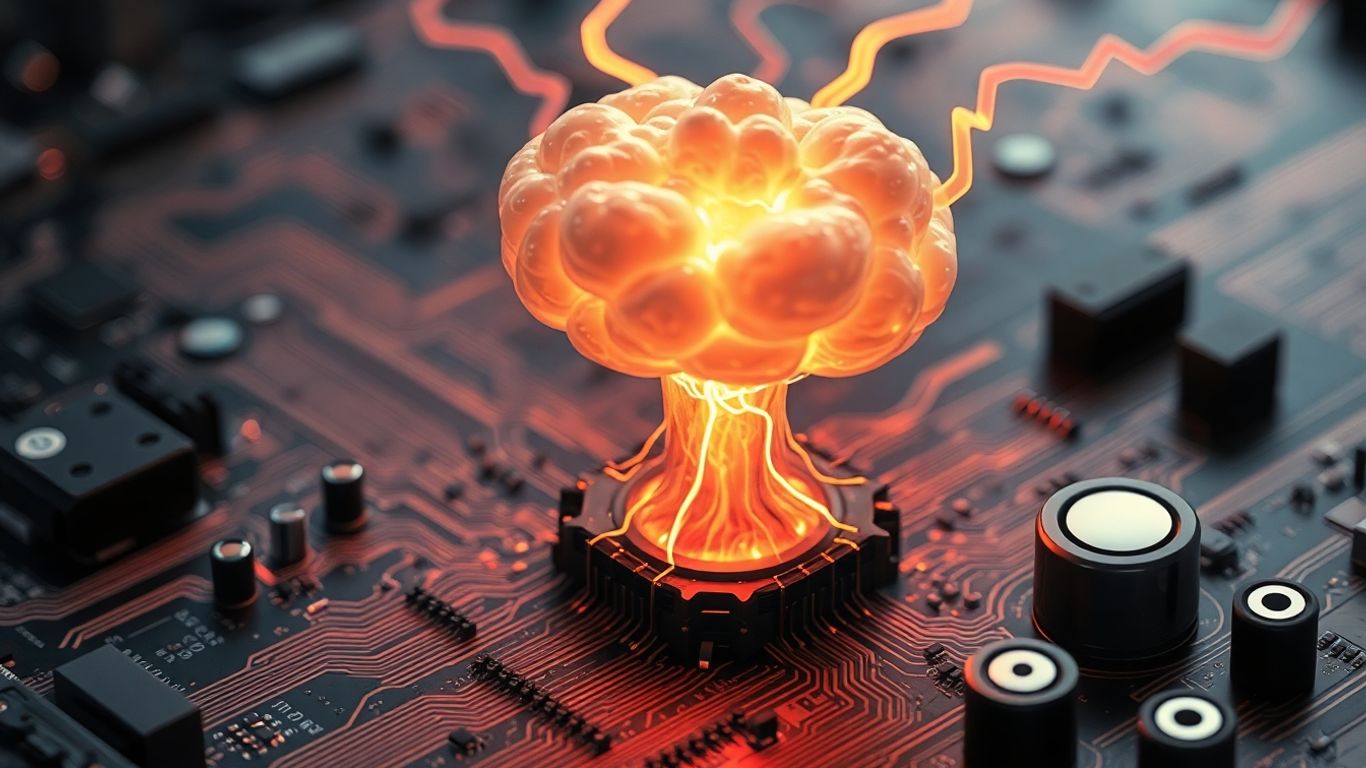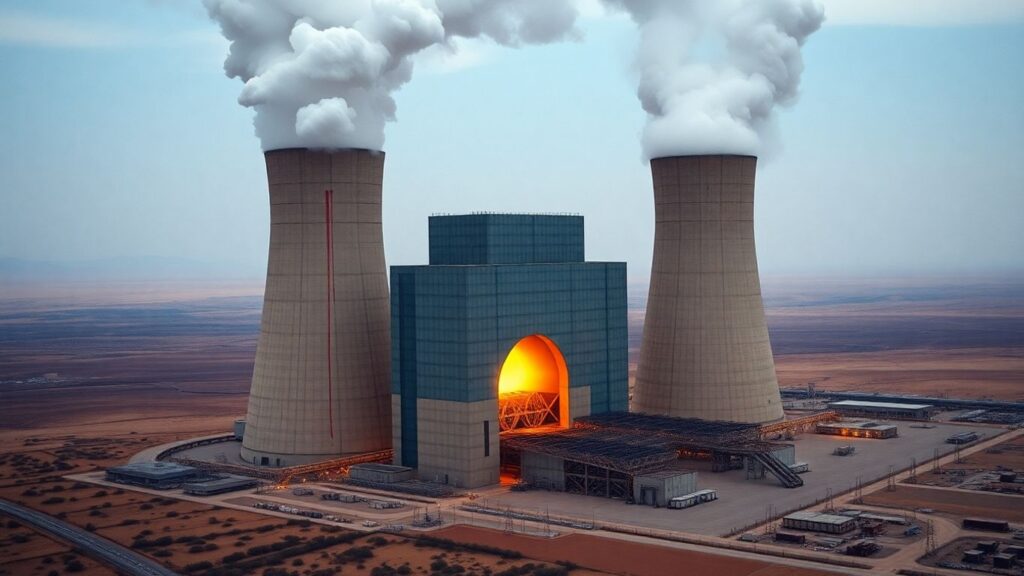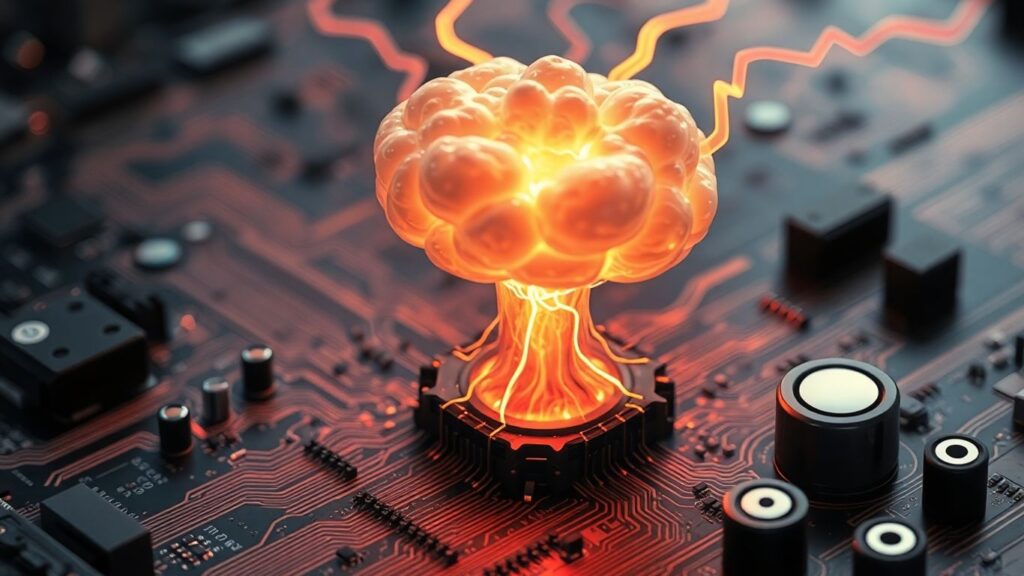In a significant shift, major technology companies like Meta, Amazon, Microsoft, and Google are making substantial investments in nuclear power. This strategic move aims to secure a stable, low-emission energy supply to fuel the rapidly expanding computational needs of artificial intelligence development and data centers, while also pursuing ambitious climate goals.
Key Takeaways
- Big Tech companies are increasingly partnering with nuclear power providers and investing in advanced nuclear technologies.
- The immense energy requirements of AI and data centers are driving this demand for reliable, carbon-free power.
- While new nuclear projects face long development timelines, existing plant relicensing and advanced reactor designs are being explored.
- Challenges remain regarding the speed of nuclear deployment versus AI’s immediate energy needs, potentially leading to continued reliance on fossil fuels in the interim.
The AI Energy Crunch
The artificial intelligence boom is creating an unprecedented demand for electricity. Projections suggest that data center power consumption could skyrocket, potentially increasing global demand by as much as 165% by 2030. This surge presents a significant challenge for tech giants striving to meet their net-zero emissions targets. Nuclear power offers a compelling solution due to its consistent, carbon-free energy output, a stark contrast to the intermittent nature of renewables like solar and wind.
Investing in the Future of Nuclear
Tech companies are exploring two main avenues: supporting existing nuclear facilities and investing in next-generation nuclear technologies. Microsoft has made headlines with a deal to restart the Three Mile Island Unit 1 reactor, aiming for operation by 2028. This approach is seen as quicker and less expensive than building entirely new plants.
Simultaneously, companies like Google and Amazon are investing in advanced nuclear technologies, such as small modular reactors (SMRs). Google has a power-purchase agreement with Kairos Power for electricity from its demonstration reactors, expected by 2030. Amazon is investing in X-energy, another startup developing smaller, more standardized reactors.
Navigating the Timing Mismatch
A significant hurdle is the timeline. While new nuclear plants can take nearly a decade to build, many tech companies require large amounts of power within the next three to five years. Next-generation reactors, while promising, are still in development and have yet to demonstrate commercial viability at scale. This temporal gap means that despite nuclear ambitions, tech firms may continue to rely on fossil fuels, including natural gas plants, to meet immediate energy demands.
A Broader Energy Mix
Experts emphasize that nuclear power is not a singular solution but a crucial component of a diverse energy strategy. Meeting both the escalating energy demands of AI and climate goals will require a combination of nuclear, wind, solar, energy storage, and geothermal power. The decisions made today regarding energy infrastructure will shape the grid for decades to come, influencing the long-term role of nuclear energy and other sources.












